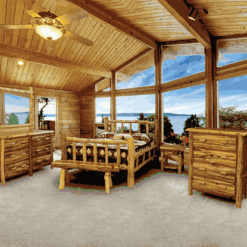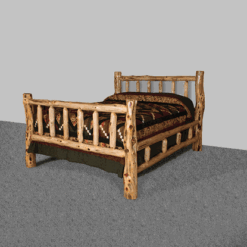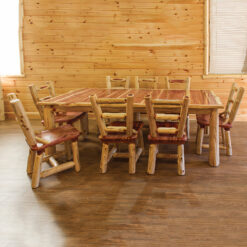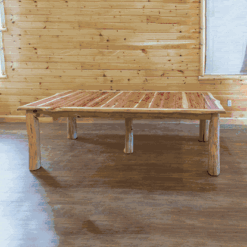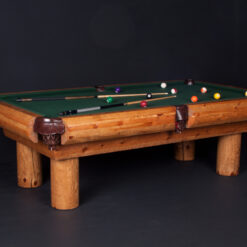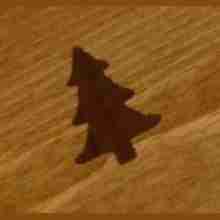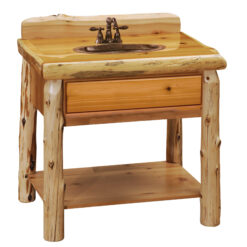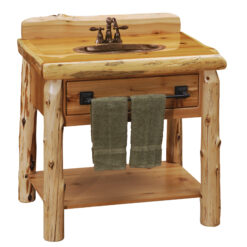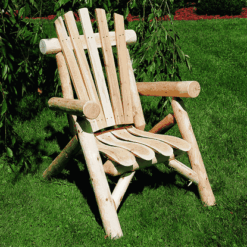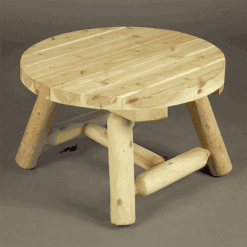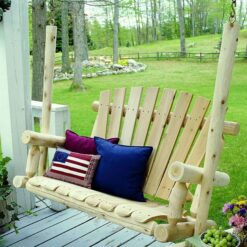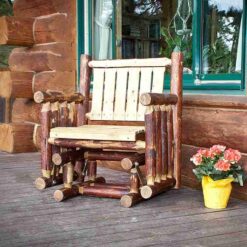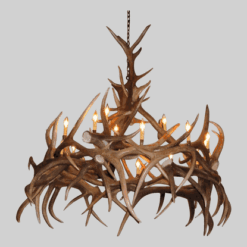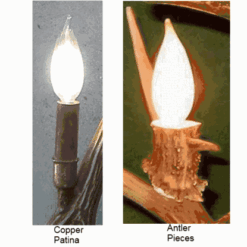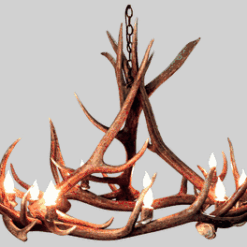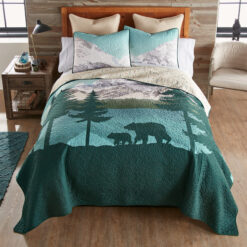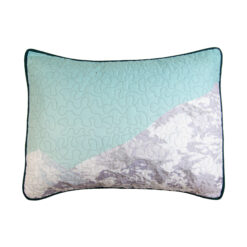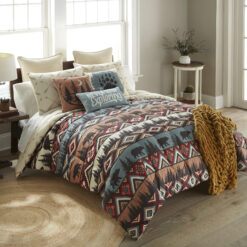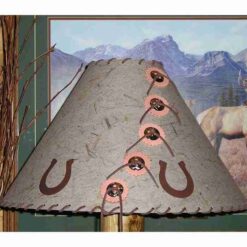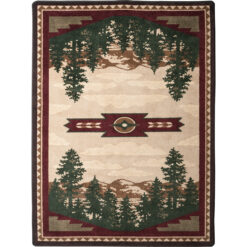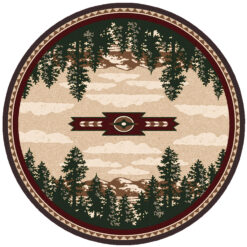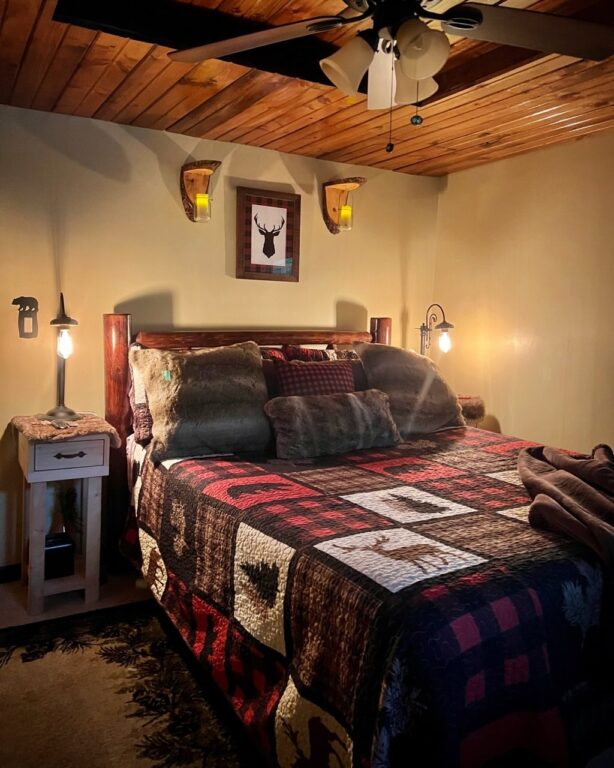Room Design
How to Decorate with Rustic Style: A Beginner’s Guide for Any Home or Cabin
You’ve finally got the keys to your dream cabin, or maybe you’re ready to transform your home into the cozy retreat you’ve always imagined. But now what?
Standing in an empty room—or looking around at furniture that just doesn’t feel right—can leave you wondering where to even begin. How do you create that warm, welcoming atmosphere without your space looking like a themed restaurant? What pieces actually matter, and which ones are just expensive mistakes waiting to happen?
Whether you’re furnishing your first home or refreshing a cabin that’s been with the family for decades, decorating with rustic style doesn’t have to feel overwhelming. The secret is knowing where to start and building thoughtfully from there.
Here’s one way how to approach rustic decorating, step by step.
Start with One Statement Piece That Anchors Your Room
The biggest mistake people make when decorating with rustic style? Buying a bunch of small accessories first and hoping they’ll somehow create a cohesive look.
Instead, choose one substantial, well-crafted piece that immediately tells the story of your space. This becomes your room’s foundation—everything else builds around it.
For most rooms, your anchor piece might be:
In the bedroom: A solid log bed frame made from real wood with some gnarly character (Aspen or Cedar is great for that). The bedroom is often where people feel most connected to the rustic lifestyle, especially in a cabin setting. A handcrafted log bed becomes more than furniture—it’s the centerpiece that makes every morning feel like you’re waking up in nature.
In the living room: A substantial coffee table or log dining table that showcase the wood’s natural character.
In the dining area: A farm-style table that can handle large family gatherings and game nights for years to come.
When you start with quality rustic furniture for your cabin, everything else can fall into place more naturally. You’re not guessing what might work—you’re building around something beautiful and high-quality.
Layer in Lighting That Creates the Right Mood
Here’s what most people don’t realize about rustic decorating: lighting matters more than almost anything else. The wrong lighting can make even the most beautiful log furniture feel cold and unwelcoming.
Skip the harsh overhead fixtures or ultra-modern pendant lights. Instead, think about how natural light moves through a forest—dappled, warm, and constantly changing.
Your rustic decorating tips for lighting should include:
- Table lamps with warm amber bulbs that cast a golden glow across wood surfaces
- Chandeliers made from natural materials like wrought iron, antler, or reclaimed wood
- Rawhide or fabric lampshades that soften light and create gentle shadows on the walls
The goal is to make your space feel like it’s lit by firelight, even when the fire isn’t burning. This kind of lighting highlights the grain in your wood furniture and makes everyone feel more relaxed the moment they walk in.
Build Character with Natural Textures and Materials
Once your foundation and lighting are working together, it’s time to add the layers that make rustic style feel authentic and lived-in.
This is where you can start having fun with rustic home decorating ideas:
Textiles that invite touch: Wool throws in earthy colors, leather cushions that get softer with age, and linen curtains that move gently with the breeze.
Functional art pieces: Hand-carved wooden bowls, wrought iron wall hooks that actually hold your coats, or a real antler mirror that serves a purpose beyond decoration.
Natural accents: Stone bookends, a collection of interesting driftwood, or subtle wildlife-inspired pieces that nod to your surroundings without going overboard.
The key is choosing materials that were made by hand or shaped by nature. These elements have character that mass-produced items simply can’t replicate.
Keep Your Color Palette Grounded in Nature
Rustic decorating works best when you let natural materials do most of the talking. Your wood floors, log walls, and fireplace already provide plenty of visual interest—your job is to complement them, not compete.
Think about the colors you’d find on a walk through the woods:
- Warm wood tones from honey-colored pine to rich walnut
- Soft neutrals like cream, warm white, and natural linen
- Earthy accents in sage green, warm brown, and charcoal gray
- Deeper colors for contrast like forest green, navy, or burgundy used sparingly
Let your log furniture ideas guide your palette. If you have a beautiful pine log bed, let that golden honey color influence your bedding choices. Dark Barnwood dining furniture might call for cream-colored walls and sage green accents.
Don’t Rush the Process—Build Your Space Over Time
This might be the most important rustic decorating tip of all: resist the urge to furnish everything at once.
Whatever stage of life you are in, the best rustic spaces evolve gradually. Start with one room: maybe the master bedroom where you’ll wake up every morning, or the main living area where your family will spend most of their time.
Get that space right first. Live with it. See how it feels during different seasons and times of day. Then grow from there.
This approach does two things: it keeps you from making expensive mistakes, and it ensures each piece you add feels thoughtful rather than impulsive.
Make It Authentic, Not Themed
Real rustic style comes from understanding the difference between decoration and design. You’re not trying to recreate a hotel room, you’re creating a home that happens to celebrate natural materials and craftsmanship.
A few guidelines that make all the difference:
Choose solid wood over look-alikes: Real wood ages beautifully and develops character over time. Laminate and veneer just look tired.
Mix rather than match: Your dining table doesn’t need to match your coffee table exactly. Different wood tones and textures create visual interest and feel more authentic.
Focus on craftsmanship: One well-made piece will always look better than three mass-produced items, even if it costs the same overall.
Buy American-made when possible: Furniture made by skilled local craftsmen using sustainable practices tends to last longer and look better over time.
Common Questions About Getting Started
Where should I begin if I’m decorating an entire cabin from scratch? Start with the bedroom. A handmade log bed frame creates an immediate sense of place and gives you confidence to tackle the rest of the house. Plus, you’ll enjoy it every single day.
Do I need to stick to one type of wood throughout the house? Not at all. Mixing wood tones—like pine logs with cedar furniture and reclaimed barnwood accents—creates depth and feels more natural than everything matching perfectly.
How do I know if a piece will work in my space? Focus on quality and proportion. A well-made piece in the right scale for your room will almost always work, even if it’s not exactly what you originally pictured.
What if I make a mistake? Quality rustic furniture holds its value well. If something doesn’t work out, you can often resell it or move it to a different room. Cheap furniture, on the other hand, is usually a total loss.
The truth is, creating a beautiful rustic home isn’t about following rules perfectly—it’s about choosing pieces you genuinely love and building around them. Start with one anchor piece, add warm lighting, and let your space evolve naturally from there.
Your cabin should feel like the best version of home, not a magazine photo. Take your time, choose quality over quantity, and trust the process.

